Sexual Orientation vs Gender Identity for LGBT Individuals
It’s common for most people to think that gender identity and sexual orientation are connected. Gender identity and sexual orientation are two separate things, but they’re also not mutually exclusive. However, gender and sexuality are different, and it’s important to understand the difference between them. Sexual orientation refers to whether you’re attracted to men, women, both, or neither. Gender identity refers to your internal sense of whether you’re male, female, nonbinary, or somewhere in between.
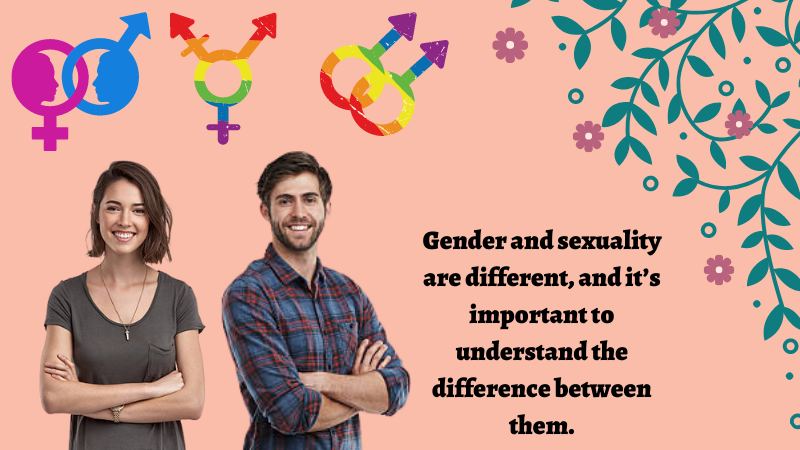
In the simplest of terms, sexual orientation is how you identify your attraction to others, while gender identity is how you view yourself. Gender identity tends to be a more fluid concept than sexual orientation, because it’s based on how you feel about yourself rather than which gender(s) you’re attracted to. For example, someone can identify as male but be attracted to men and women. Their gender identity would still be male but their sexual orientation would be bisexual. Or someone can identify as female but only attracted to women. Their sexual orientation would be lesbian but their gender identity would be female.
You can be straight and have a nonbinary gender identity or even asexual. Also, you can be gay and have a female gender identity or even identify as male. You can be bisexual and have a male gender identity, or even feel like you’ve always been a girl but were assigned male at birth. And so on!
1. Sexual Orientation
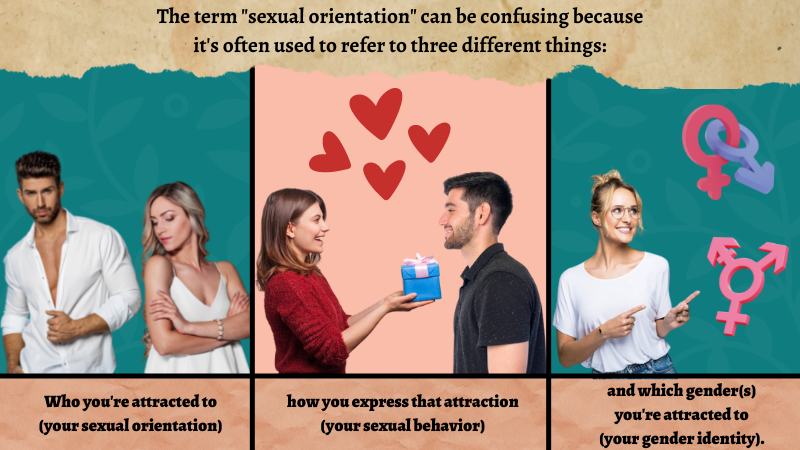
Sexual orientation is a term used to describe someone’s emotional, romantic, or sexual attraction to others. It’s an umbrella term that includes the following orientations: heterosexual, homosexual, bisexual, and asexual. The term “sexual orientation” can be confusing because it’s often used to refer to three different things: who you’re attracted to (your sexual orientation), how you express that attraction (your sexual behavior), and which gender(s) you’re attracted to (your gender identity).
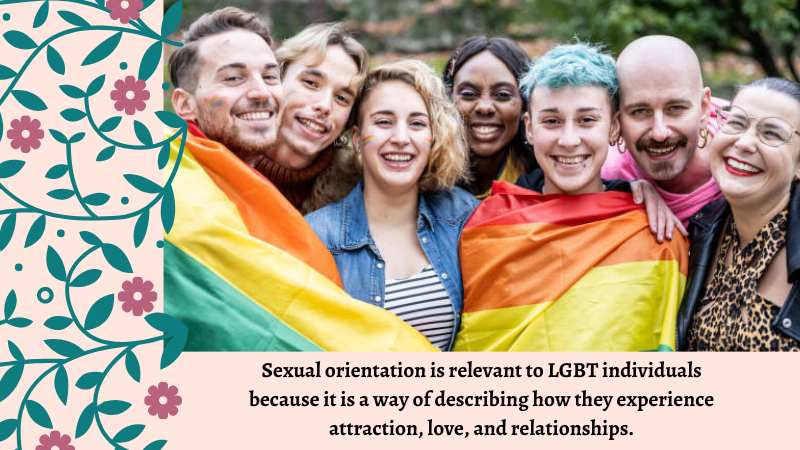
Sexual orientation is ones emotional, romantic, or sexual attraction to others. For example, a person might be attracted to members of their own gender (gay), the opposite gender (straight), both genders (bisexual), or neither gender (asexual). Sexual orientation is relevant to LGBT individuals because it is a way of describing how they experience attraction, love, and relationships.
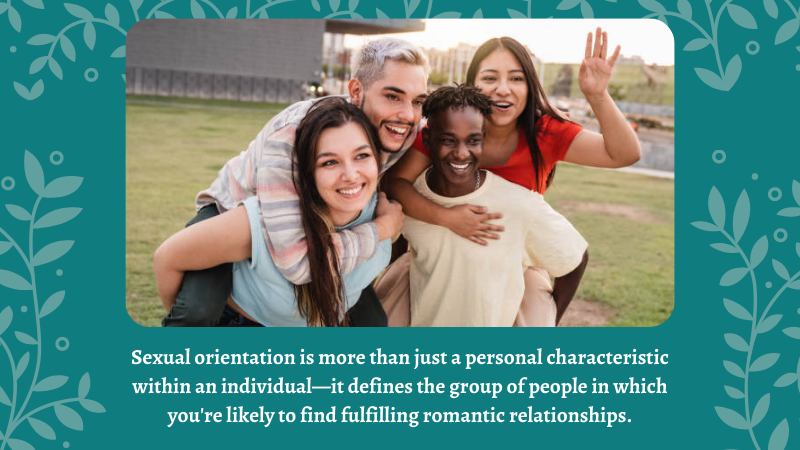
It is important to understand that sexual orientation is not a choice; it is an innate characteristic that forms part of the core of one’s identity. When you’re in a relationship, it’s not just about sex. It’s also about being able to be yourself around your partner, and feel supported by them. You share common goals, values, and interests, and you’re committed to each other. That’s why sexual orientation is more than just a personal characteristic within an individual—it defines the group of people in which you’re likely to find fulfilling romantic relationships. It’s important for LGBT individuals to know what their sexual orientation is because it can help them figure out who we/they are and what direction we/they want to go.
2. Gender Identity
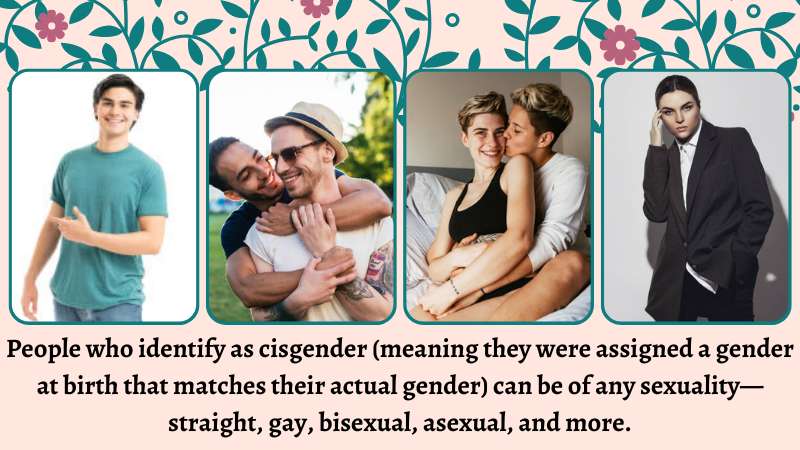
This is how a person identifies their own gender. Gender identity is the way you see yourself or feel about yourself as a man or woman. It’s different from your biological sex, which is assigned at birth based on your anatomy. Gender identity is relevant to LGBT individuals because it’s an important part of understanding who they are as a person. It can also help us understand the challenges these individuals face in our society today. People who identify as cisgender (meaning they were assigned a gender at birth that matches their actual gender) can be of any sexuality—straight, gay, bisexual, asexual, and more. And those who identify as transgender or non-binary may be straight, gay, bisexual, or asexual. It’s also possible to be transgender and have sexual partners of the same sex or gender. This is called pansexuality.
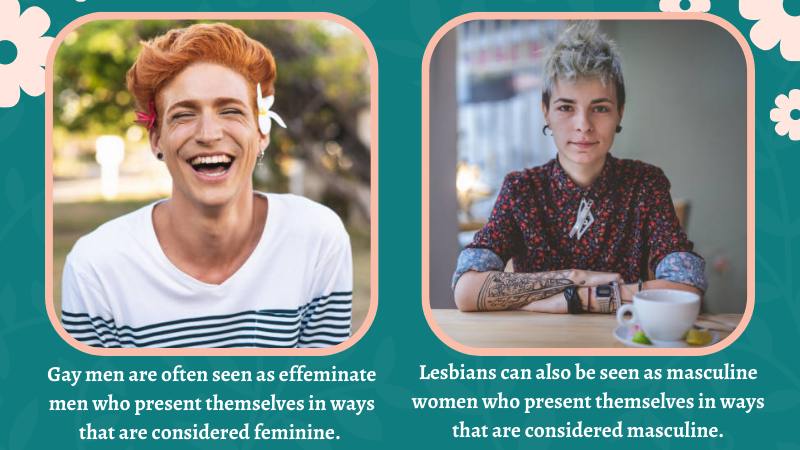
The importance of gender identity to LGBT individuals cannot be overstated. For LGBT individuals, understanding their own gender identity can be challenging because they may not fit into traditional ideas of what it means to be male or female. Gay men are often seen as effeminate men who present themselves in ways that are considered feminine. Lesbians can also be seen as masculine women who present themselves in ways that are considered masculine. The relevance of gender identity to LGBT individuals is that it can help people express who they are in the world. For example, if you are assigned female at birth but feel like a man, then expressing yourself as such may give you a sense of empowerment and pride. This can help them feel more confident in themselves and their identities.
3. How are they different
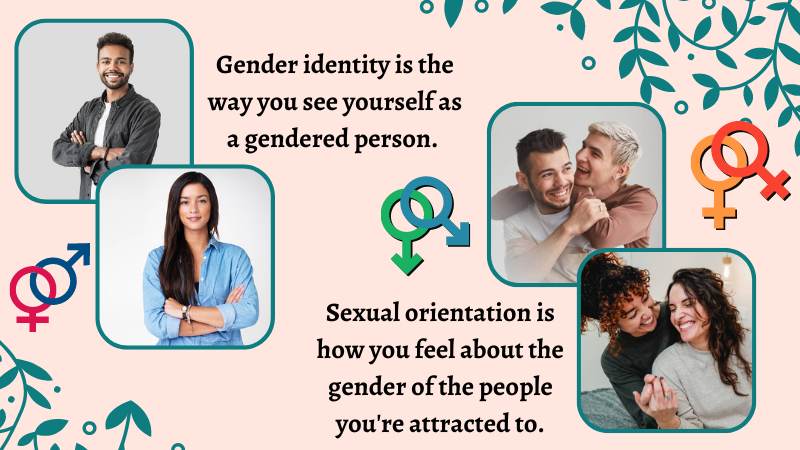
Gender identity and sexual orientation are two different things, but they do overlap. As said, gender identity is the way you see yourself as a gendered person: man? woman? agender? genderfluid? or something else entirely? Sexual orientation is the way you feel about your own gender and how that might relate to your attraction to other people. Sexual orientation is how you feel about the gender of the people you’re attracted to. For example, if you are straight, you’re attracted to people of the opposite sex; if you’re gay, you’re attracted to people of the same sex; if you’re bisexual, you’re attracted to people of either sex; and so on.
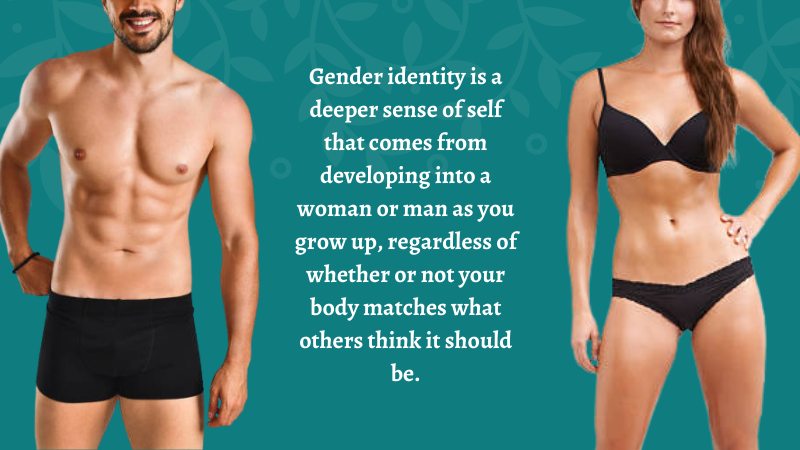
So if you’re a cisgender man who is attracted to other cisgender men, and you identify as straight—that’s where those two things come together. But if you identify as a nonbinary person who is attracted to other nonbinary people, but only identifies their gender as “man” when it comes to dating, that’s where those two things diverge. Gender identity is a deeper sense of self that comes from developing into a woman or man as you grow up, regardless of whether or not your body matches what others think it should be. It’s not as simple as being attracted to someone because they have certain physical traits—it’s who YOU are inside!
4. How are they similar
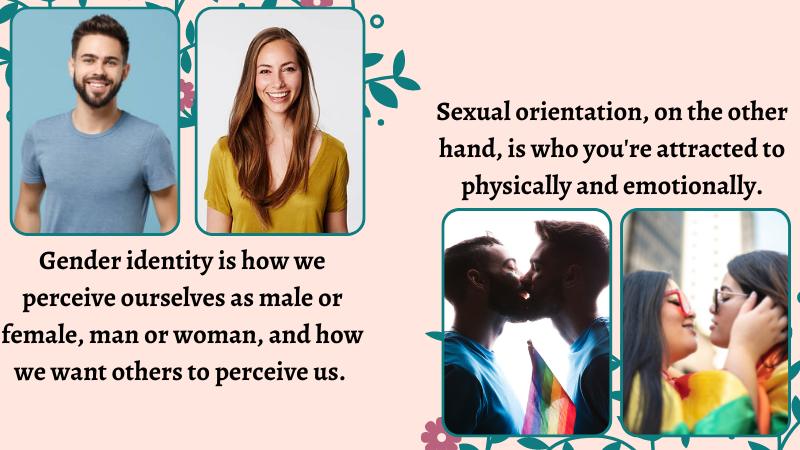
Gender identity and sexual orientation are two completely different things. However, they are closely related. Gender identity is how we perceive ourselves as male or female, man or woman, and how we want others to perceive us. Gender identity is more than just a label—it’s an inherent part of who you are as a person. It’s about how you feel about yourself and how comfortable you are in your own skin. Sexual orientation, on the other hand, is who you’re attracted to physically and emotionally. It is a person’s romantic attraction toward people of the same gender, different genders, or both.
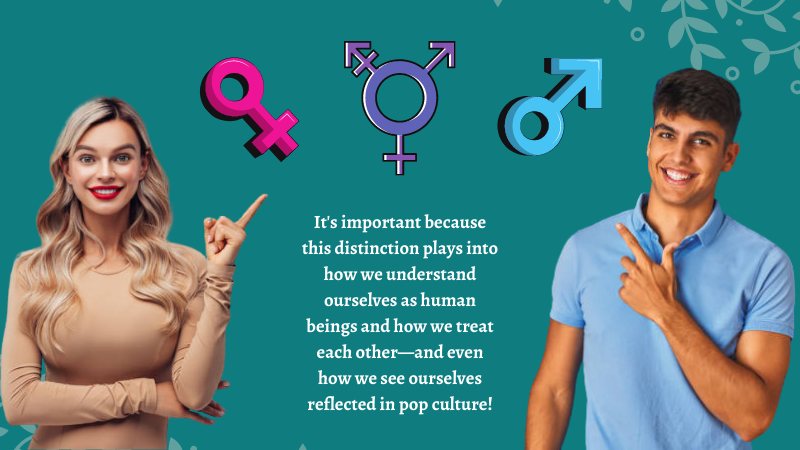
It’s important to understand these two concepts apart from one another because they affect each other in many ways. So why does this matter? Well, it’s important because this distinction plays into how we understand ourselves as human beings and how we treat each other—and even how we see ourselves reflected in pop culture! It all depends on who you are as an individual—and that’s just one of the many reasons why it’s so important for us all to be open about our identities and experiences!
5. Gender transition
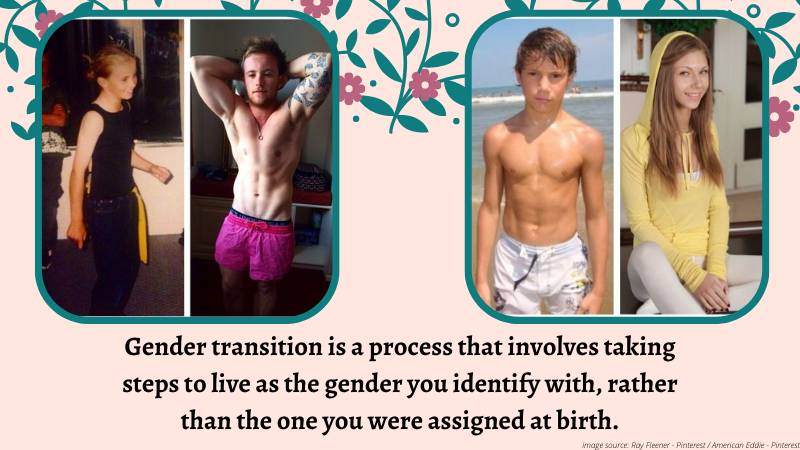
Gender transition is the process of changing one’s gender presentation, including name and pronouns. It is relevant to an LGBT individual because it can be a part of coming out. Its a process that involves taking steps to live as the gender you identify with. Either from male to female or vice versa. This can involve changing your name and pronouns, dressing differently, taking hormones or other medications, and/or undergoing surgery. It is a process that can be difficult for many individuals to go through, but it can also be a very liberating experience.
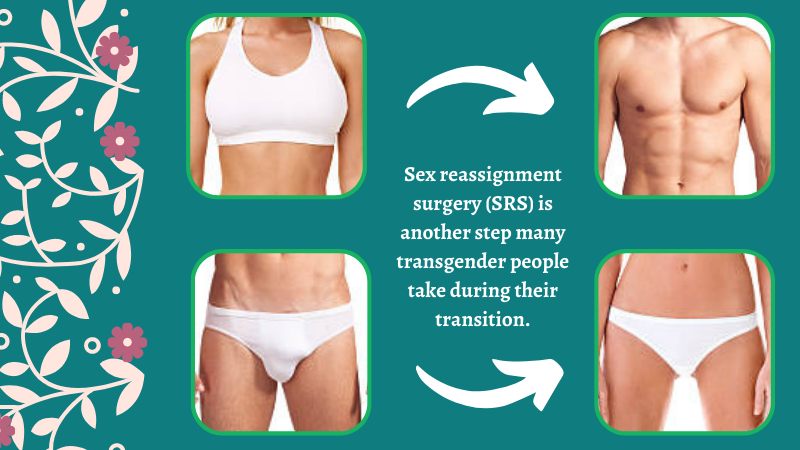
Gender transition is relevant to an LGBT individual because it is one of the most important aspects of coming out and being comfortable with who you are. If you were assigned male at birth but identify as female, you may want to change your name and pronouns. It will help you feel more comfortable in your skin. Sex reassignment surgery (SRS) is another step many transgender people take during their transition. It’s often seen as a final step before living full-time with their true gender identity.
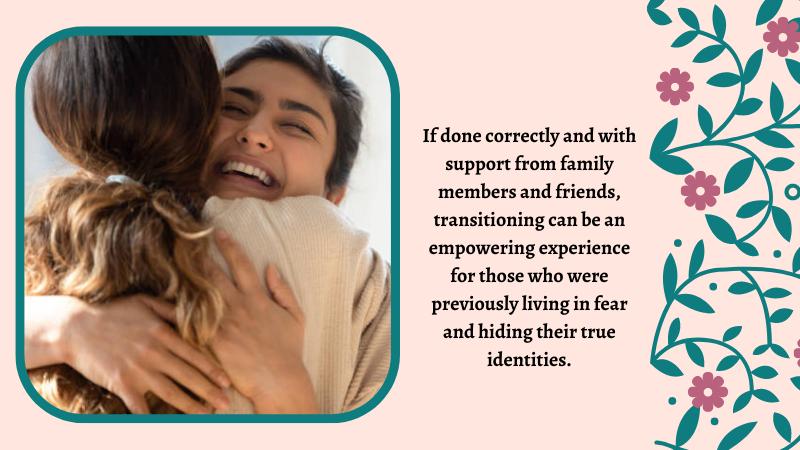
This process of transitioning can cause some difficulty for LGBT individuals who do not feel comfortable in their own skin. They may feel pressured to conform to societal norms. However, if done correctly empowering experience for those who were previously living in fear and hiding their true identities.
6. How to determine sexual orientation
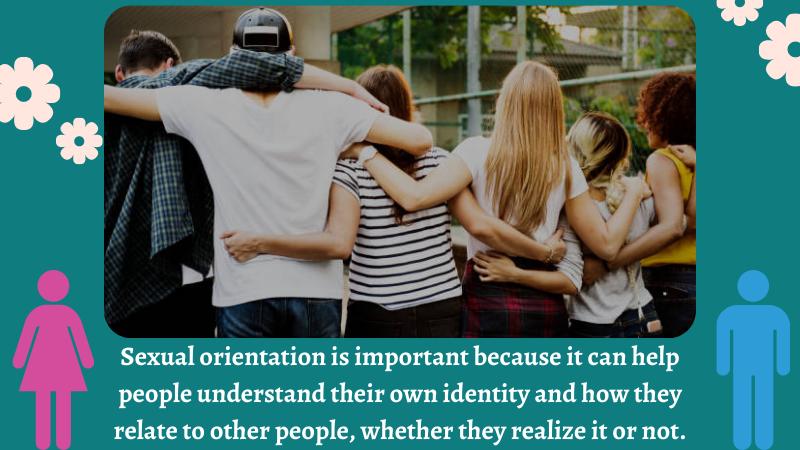
Sexual orientation is the way you experience sexual attraction. If you’re attracted to both men and women, then you are bisexual. If you’re attracted only to the same sex, then you are homosexual. Sexual orientation can help one understand their own identity and to other people, whether they realize it or not. It can also help with self-esteem and self-acceptance in some cases. It’s important to determine what your sexual orientation is. This can influence how other people treat you and how comfortable you feel in certain situations.
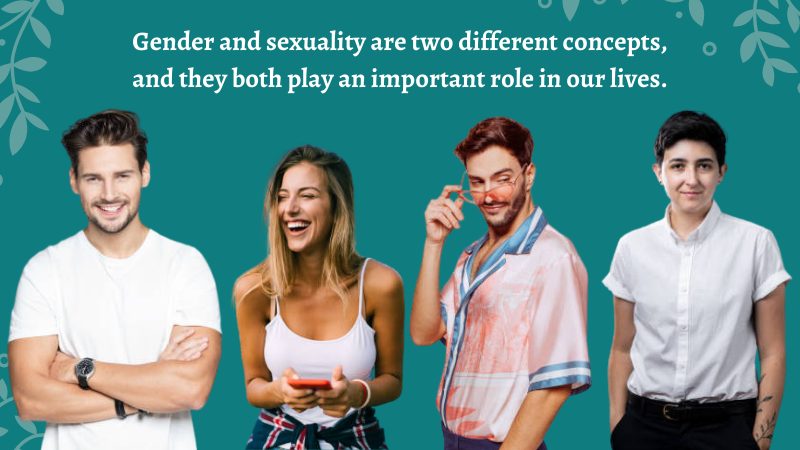
We all want to be seen as the people that we are. It’s just a fact of life. Whether being born male, female, or somewhere in between, people want to feel like their gender identity is recognized by their community and by the people around them. Gender and sexuality are two different concepts, and they both play an important role in our lives.
Tagged With:Crossdresser , Gender , LGBTQ+ , Sexual orientation
- Feminize Your Neck: Hide the Adam’s Apple!
- The Power of Feminization Apps for MtF Crossdressers
- Best Crossdresser Destinations to Visit in Africa
- Crossdresser’s Tips to Feel Like a Sissy 24/7
- How to Be a Professional Cross dresser Escort
- Spider Gag: A Beginner’s Guide to Using and Introducing Them in Your Playtime Routine
Established in 2009, We are a recognized manufacturer and seller of professional crossdressing products.
It is our aim to become not just the most creative manufacturer but also a very considerate seller, as we provide the best quality products for crossdressers all around the world.























 Breast Forms
Breast Forms  Body Suit
Body Suit  Realistic Mask
Realistic Mask  Femini Girdle
Femini Girdle Hip & Butt Enhancement (8)
Hip & Butt Enhancement (8) Penis Prosthesis
Penis Prosthesis Fake Muscle
Fake Muscle Bikini
Bikini  Wig
Wig  Corsets
Corsets Course
Course service@roanyer.com
service@roanyer.com +8618652200711
+8618652200711 Facebook
Facebook YouTube
YouTube Twitter
Twitter Instagram
Instagram




